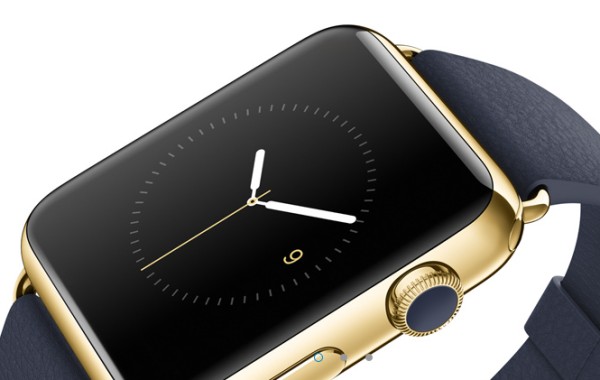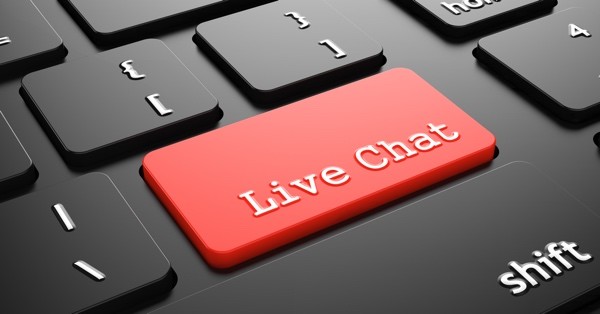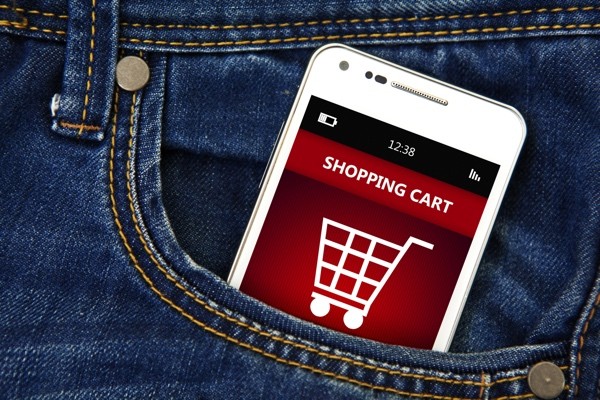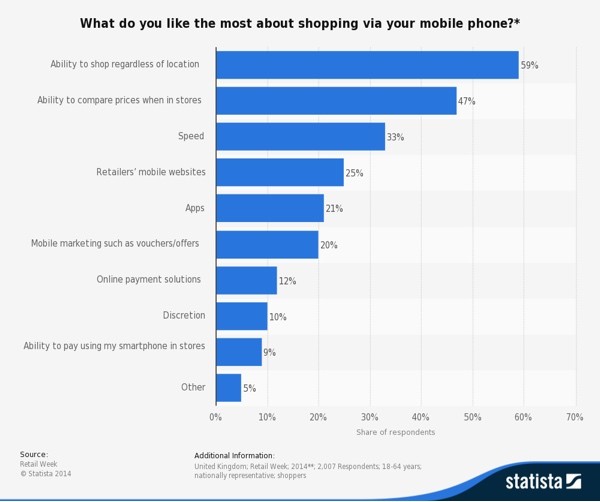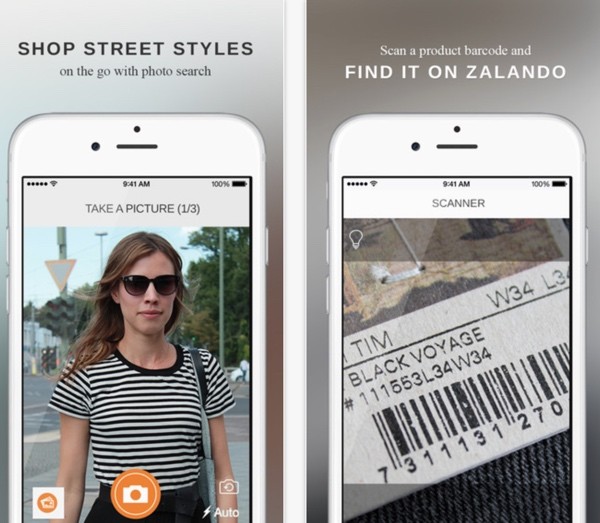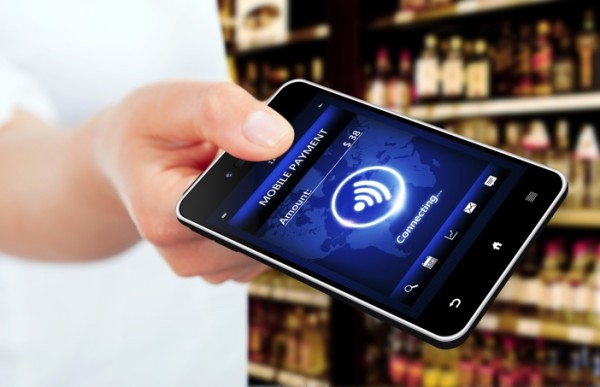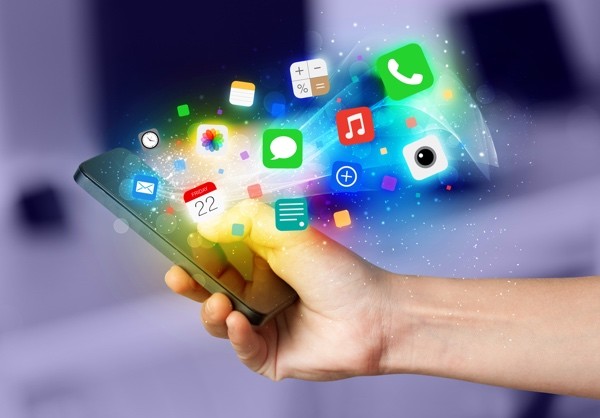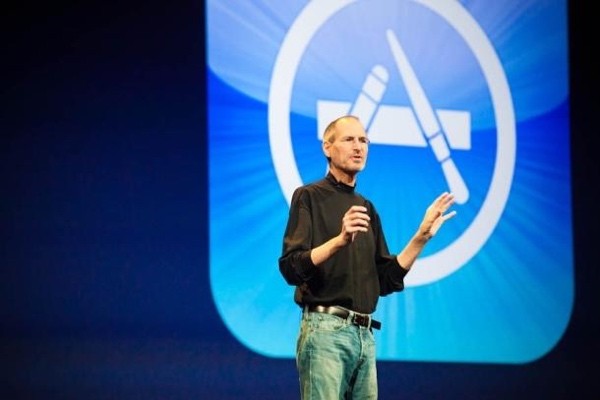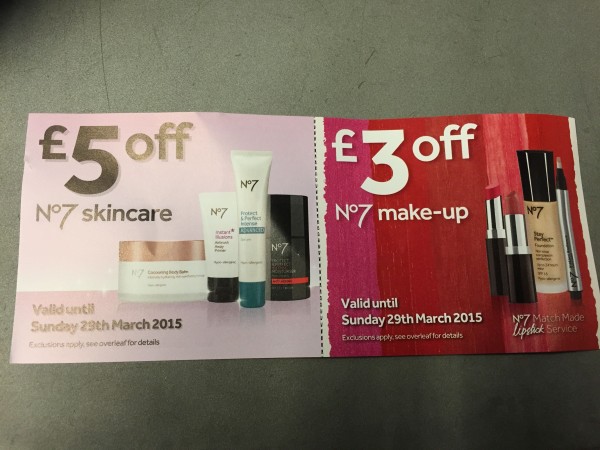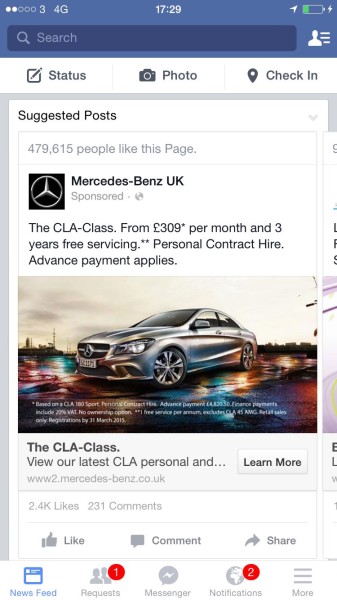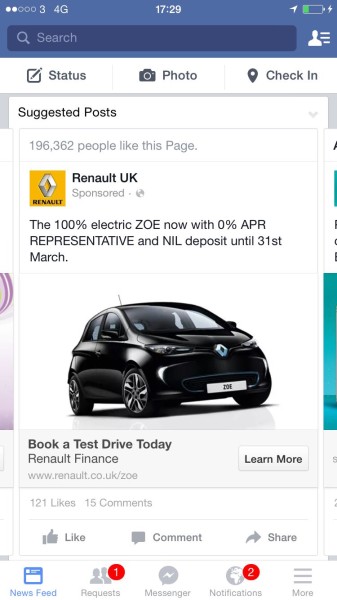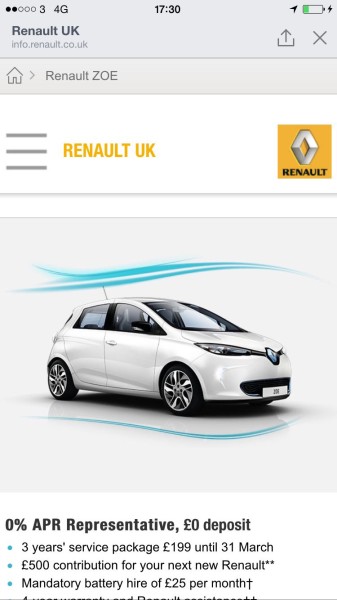58% of our audience say they’ll buy the Apple Watch Sport
Ahead of the Apple keynote announcement later today we’ve been conducting a bit of research with the Mobile Industry Review audience. Hundreds have weighed in with their opinions in response to my post last week.
I asked a very simple question: Which Apple Watch are you going to buy?
I gave the following response options:
- Watch Sport (“hundreds of pounds”)
- Watch (“about a thousand pounds”)
- Watch Edition (“crazy, e.g. tens of thousands of pounds”)
This irritated a few readers who wanted the option of choosing “I’m not buying a flipping Apple Watch” — however I explained that I was targeted this at those who didn’t have a choice.
I don’t have a choice, for example. The Watch is a big move by Apple and I need to be able to experience it and then discuss it with clients, partners and colleagues. I can’t sit it by and watch from the sidelines. So if you’ve got to buy one… which model?
Let’s look at the results then:
58% of people said they would choose the Apple Watch Sport — effectively the entry level Watch device.
24% said they’d consider the mid-level “Watch” model. And then, unusually I reckon, the balance — 17% — said they would be buying the flipping expensive Apple Watch Edition model. The pricing rumours are all over the place for the Edition — $5,000, $10,000 and more.
I have to say I’m not that surprised that the majority of readers said they’d opt for the basic one. The features are all the same. And if I’ve got to buy a model (whether it proves a smash hit or a total failure), I might as well limit my exposure and get the cheapest one.
Then I asked about sizing: What size are you going to choose?
There were two options: Large (1.7″) and Small (1.5″)
A whooping 84% of readers said they’d choose the larger screen. That’s not much of a surprise to me given the majority of readers are male. The balance (16%) of readers said they’d go for the smaller screen. If this is representative of the MIR audience gender split, we’ve got quite a bit of work to do to attract more female readers.
Ok. Now on to comments. I asked you to give me a one-liner when you made your choice. Reading through them proved highly entertaining. I have resolved to include as many as I can below. Have a read:
- I’ve been using a Pebble as “training wheels” for just under 18 months, so I’m used to checking my wrist for notifications. I just want more functionality (and better reliability) than what Pebble offers.
- To replace my 3 times failed fuel band and use it for iOS development too.
- So that my phone can stay in my pocket and be less distracting. Mindfulness, which is all the rage at the moment, will be easier to practice.
- Cause it is the cheapest and it is stupid to pay extremely a lot of money for the same watch [with] just [a] different strap
- For Apple Pay and so I can see calls/messages without getting my mobiles out!
- Just to try it out. So no Point spending loads of money. Plus there will be a new one in a year!
- Another awesome thing to add to my apple collection
- Exciting new product category for Apple that hasn’t really been done well by anyone else yet.
- I’ve recently got into fitness tracking and I think the Apple iWatch will complement my existing IOS fitness tracking apps.
- Useful for holidays, activities, days out, on the beach – when you don’t want to carry a handbag with your iPhone in around with you. Only problem is – what to do with your lipstick?!
- I want to try it, but I know it will be replaced in a year or so (battery life too rubbish) so I am not going to invest in the best one yet. I am on the fence though, as I have a few watches Rolex/Omega etc and I am seriously considering sell them before they become de-valued, which I believe they will.
- I’m excited about the new possibilities for health, sport and fitness, as well as more convenient notifications. Also basically because I’m a gadget nut and already have several Apple products.
- To better try and understand it and how it fits into the apple ecosystem and how the payment experience works
- Because I’ve fully bought into Apple’s ecosystem, as it fits the way I work and live. I run an IT shop for a living and don’t want the headache of fixing my own at home. Android couldn’t do that for me, and Apple did. So I will complete the set and get an Apple Watch because it will work best with Apple gear. That said, I’ve also ordered a Pebble Time off of kickstarter, simply because I love my current Steel.
- I have more money than sense [Like the honesty!]
- Being in the industry we have to have the newest when it comes to Apple.
- To see what android will copy
This reader is also totally bought into the Apple ecosystem… so much so that…
- I would buy an apple dildo if they sold them.
Now that’s an idea for the team at Cupertino!
And here’s a few from the protest vote:
- I have ticked the above boxes but I wanted to tick a box that said I won’t buy a watch. I am not going to buy an apple watch. I wish I could. My eye sight is worsening so a small watch will not work for me at the age of 60. I have had no ole phones since 1985. I have six Apple iPhones and iPads. But not a watch. I would buy an Apple implant near my ear that could feed me info I predetermine from iPad control. The watch won’t work for old people.
- Actually I’m not. A watch that needs charging all the time is a stupid idea.
I wonder how this will change once the actual details become available later today? My instinct is that the majority who said they’d buy the Sport will still continue to do so, unless Apple do a good bit of manipulation to make us all feel like utter losers for only buying the cheapo one.
Happy keynote day.


